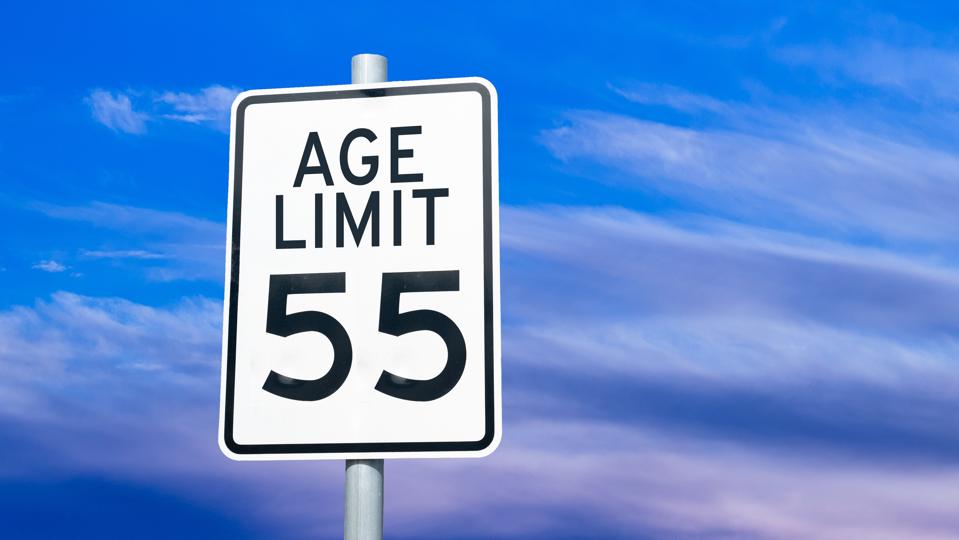While DEI continues to dominate the headlines, as evidenced by Harvard University this past week, it wasn’t that long ago that organizations used various elements of belonging purely as marketing stunts.
The script was predictable—slick campaigns, polished diversity statements, and feel-good corporate PR. However, one aspect of DEI that was consistently overlooked was age.
It’s here where organizations quietly sideline older employees and treat them like a problem rather than a strategic advantage.
Maureen Wiley Clough has seen—and lived—this subtle yet harmful bias firsthand. A seasoned leader in the tech sector and host of the insightful podcast It Gets Late Early, Clough’s age awareness awakening began unexpectedly. In her late 30s, a younger colleague playfully referred to her as a “dinosaur.”
It stung, but it also opened her eyes.
Clough noticed her industry’s glaring absence of older workers. In particular, she was homing in on mid-level roles. “I started to see clearly the lack of people who looked older than 40 or 50 around me,” she told me. “I asked myself, ‘What happens to them?’”
The answers were unsettling. Older workers are disappearing not because they choose to retire—although obviously, retirements do happen—but because they are quietly yet systematically being excluded from and in the workforce.
The Unseen Reality of Ageism
Ageism is often subtle. Organizations rarely state explicitly, “We don’t hire older people.” Instead, age bias comes packaged in friendly terms like “culture fit” or “digital fluency.” The consequences, however, are not subtle. They can be quite devastating.
Clough describes ageism as a “socially accepted prejudice.” Employees over a certain age become invisible—excluded from training, passed over for promotions, and quietly encouraged out the door.
A recent LinkedIn survey echoed Clough’s observations, showing profound generational divides: younger and older workers rarely engage meaningfully at work, leaving critical knowledge untapped and innovation stifled.
Ignoring older employees isn’t just ethically troubling; it’s economically irresponsible.
Age Myths Hurting Your Organization
Organizations justify ageism with a series of outdated myths. The most common myths are that older employees aren’t tech-savvy, cost too much, and resist change. Clough passionately dismantles each assumption.
The “tech-savvy” myth is pervasive and damaging. Yet, research like AARP’s 2020 multigenerational report demonstrates that older workers are adept at technology and often more skilled at leadership, collaboration, and problem-solving than younger colleagues.
Clough’s own experience confirms this. “These stereotypes aren’t actually true,” Clough emphasized. “Older workers remain fully capable technologically. The issue isn’t skills; it’s opportunity.”
Another of those age myths suggests older workers are prohibitively expensive.
Clough counters this misconception by pointing out that younger workers with multiple dependents often carry higher insurance costs. The stereotype of older employees draining budgets does not match the reality.
Then, there’s the belief older employees resist change. Clough also dismisses this assumption firmly. “The stereotypes about older workers resisting change or failing to adapt quickly are completely false,” Clough explained.
Poor leadership—not age—is usually at fault.
The Strategic Cost of Age Exclusion
When organizations exclude older workers, they also throw away critical institutional knowledge.
Clough highlighted how older employees possess what younger workers cannot easily acquire—experience, judgment, and the ability to “see around corners.” Their absence leaves younger workers navigating challenges without seasoned guidance.
The background is more than theoretical. PwC’s 2023 global diversity report found an alarming statistic: 92% of organizations don’t track age diversity. This oversight reveals deep organizational negligence and strategic shortsightedness.
What’s clear is that if organizations ignore the value of experienced talent, innovation and performance will inevitably suffer.
Changing the Culture from “Fit” to “Add”
Clough is adamant: real progress demands changing how we talk about hiring.
Organizations must abandon the limiting idea of “culture fit,” which perpetuates bias by hiring candidates similar to existing teams. Instead, Clough urges companies to embrace “culture add,” deliberately seeking employees with different experiences and perspectives—including older workers.
“It begins with intentional leadership,” Clough said.
Leaders who openly recognize implicit biases and deliberately counteract them wind up earning the trust of all workers. Organizations need active policies that support age inclusivity, real accountability, and honest conversations about the fundamental issue of age in the workplace.
The Power of Intergenerational Mentoring
Clough points to successful intergenerational mentoring examples she has seen firsthand, including her 28-year-old Gen Z male coach who helps her explore new ideas.
She noted how younger workers mentoring older colleagues on emerging technologies and older workers mentoring younger colleagues on leadership and organizational dynamics creates immense mutual benefit.
“Mentorship must be bi-directional,” Clough said. “You can learn just as much from someone younger as they can learn from you.”
A Call to Age Action for Leaders
The choice seems relatively straightforward. Organizations can continue sidelining older employees—accumulating what I call “Age Debt”—or actively embracing the strategic advantage of age-diverse teams. Age inclusivity isn’t charity; it’s smart, responsible leadership.
America’s workforce is hitting “peak 65,” as the youngest baby boomers reach traditional retirement age. But many can’t afford retirement. The Alliance for Lifetime Income reports over half of this group has insufficient savings, meaning employment isn’t just desired; it’s essential.
Clough’s message to organizational leaders is direct and clear: you can’t afford continued age bias. It’s already late—but perhaps not too late—to value your experienced workers meaningfully and strategically.
How does your organization view older workers? Maureen Wiley Clough would tell you it’s time to rethink your answer.
Watch the full interview with Maureen Wiley Clough and Dan Pontefract on the Leadership NOW program below, or listen to it on your favorite podcast.

